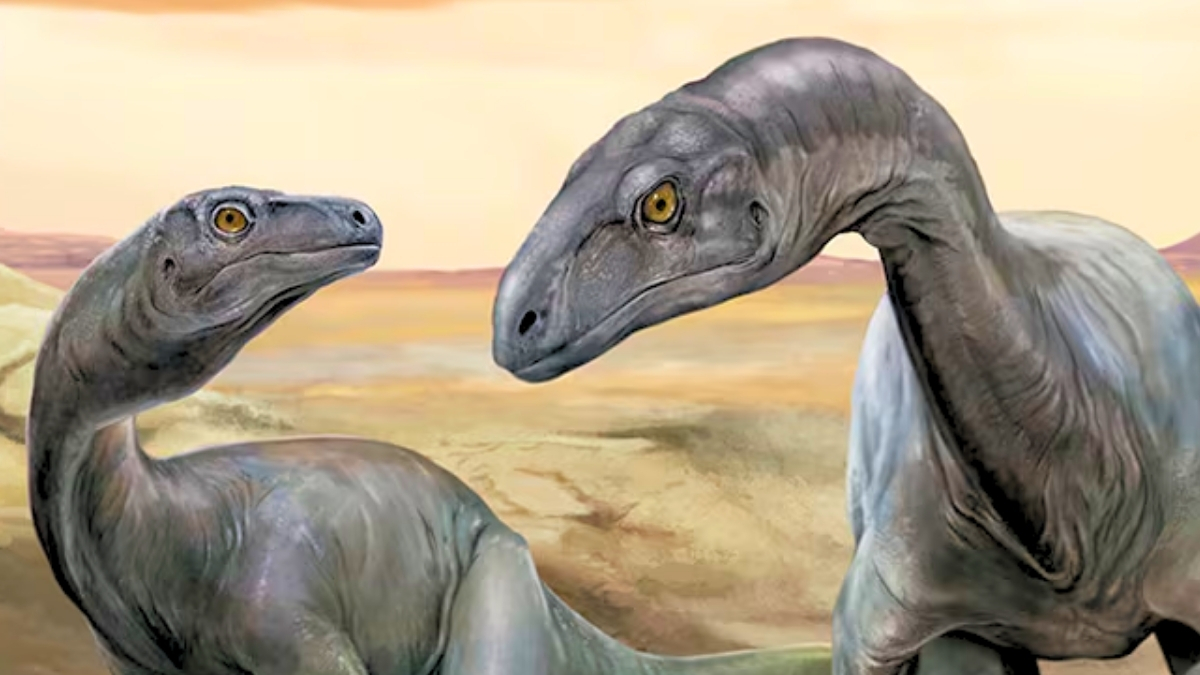In 2020, a huge wildfire struck the Brazilian Pantanal – the largest tropical wetland area in the world. Driven by extreme drought, high temperatures and human activities, the blaze cut through more than 44,515km² of habitat and killed an estimated 17 million vertebrates.
Yet, despite the devastation, a new study published in Global Change Biology has found that, once the fire passed, something unexpected happened to one of the area’s apex predators: the jaguar. Researchers say that, rather than fleeing the fire, the big cats instead migrated to the site.
The team (comprising researchers from Oregon State University and Brazil) believe the wetlands are acting as a climate refuge, helping wildlife survive increasingly frequent extreme weather events.
A climate refuge
The Pantanal, located in the south-west of Brazil, has the largest population density of jaguars in the world. The researchers – who have been studying the big cats at a 148.5km² site in the north of the Brazilian Pantanal since 2014 – wanted to find out if the 2020 wildfire had caused any changes in their habitat use and numbers.
To do so, the team analysed video footage of jaguars and other mammals captured on field cameras they deployed before, during and after the wildfire. They also did a genetic analysis of 175 jaguar scats.
The footage showed a temporary drop in jaguar activity immediately after the fire, but numbers quickly rebounded. Within a year, new cubs had been born, and many new jaguars had joined the population. Resident jaguars were also seen frequently before and after the fire, suggesting they stayed and survived.
The study found that the jaguars continued to hunt mainly aquatic prey such as fish and caiman, even as the number and diversity of other mammals increased. This dietary preference may reduce pressure on land mammals and support higher biodiversity overall, say the team.
“I have never been to a place where the presence of a large carnivore is so obvious,” says Charlotte Eriksson, a post-doctoral scholar at Oregon State University. “One of my cameras recorded a jaguar just seven minutes after I set it up.”
“Finding even more jaguars and other mammals in the study area following the 2020 wildfire and extreme drought suggests that it may serve as a climate refuge, buffering the effects of extreme climate events.”
While the findings highlight the value of the site as a climate refuge, the researchers warn against assuming the same patterns elsewhere. They stress the importance of protecting such unique habitats and improving fire management strategies across the region.
Top image credit: Charlotte Eriksson, Oregon State University
More amazing wildlife stories from around the world
Source link


